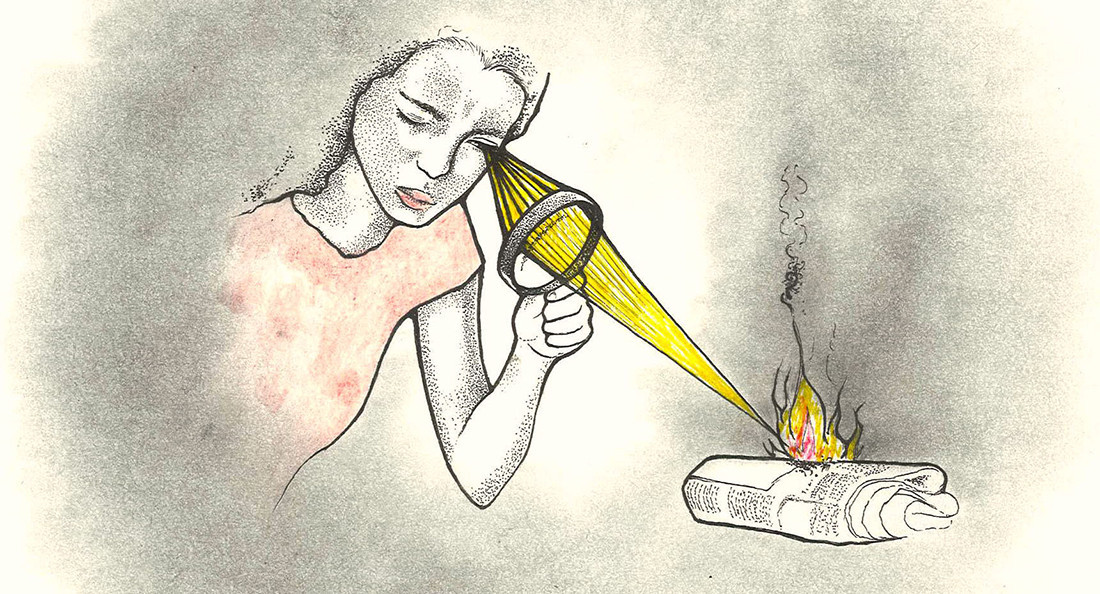Is the ‘left’ always right?
Newspapers aren’t just black and white
It’s almost impossible to scroll through Twitter or even strike up a conversation without some mention of politics. This is especially true now that the United States presidential election is less than two months away.
The world seems to exist in a binary: either you subscribe to left-wing or right-wing ideologies. You vote Democrat or Republican. You’re with us or against us.
In reality, many people’s political views exist on a spectrum, and even the opinions of Democratic presidential candidate Joe Biden and vice-presidential nominee Kamala Harris differ on some issues. The same goes for media outlets, even though they’re often simply labelled as supporting the “left” or “right.”
Perhaps unsurprisingly, this is typically done to discredit a publication. President Donald Trump has a habit of labelling any outlet who dares disagree with him as “fake news.” This is a dangerous practice, especially coming from a major world leader, but it’s also harmful when people extend it to their everyday lives.
Last year, Amber A’Lee Frost explained in a Columbia Journalism Review article that, on most mornings, she picks up The New York Times and the Financial Times but throws away the former almost immediately.
A self-described “‘big S’ Socialist,” she knows her reading habits confuse some liberals. But in her words, “the Financial Times is just a better paper. It covers the world as it is – a global battle not of ideas or values, but of economic and political interests.”
I disagree with just about everything Frost writes in her CJR piece, but I understand her desire for a “just the facts, ma’am” approach to journalism.
However, all aspects of our world have become so politicized that it’s impossible to truly separate those facts from opinions. As I wrote in this semester’s first issue of The Uniter, “all media outlets have agendas, and all reporters, editors and producers are human, and therefore, inherently biased.”
Even attempts at neutrality still take a stance. Earlier this year, the Winnipeg Free Press came under fire for (among many problematic journalistic practices) juxtaposing local organizer Jayda Hope’s words about the Black Lives Matter movement with “copaganda” photos casting police officers in a startlingly positive light.
Budding journalists are often taught to explore and report the multiple sides that exist to every story, but there comes a point when doing so is just irresponsible – and sometimes harmful.
Longtime Philadelphia Inquirer editor Stan Wischnowski resigned in June after, as The New York Times put it, “an article with the headline ‘Buildings Matter, Too,’ on the effects of civil unrest on the city’s buildings, led to a walkout by dozens of staff members.” The headline was clearly a riff on the Black Lives Matter movement, and both it and the article in question discredited protestors and minimized the importance of antiracist work.
It wasn’t long ago that news outlets around the world highlighted Stanford rapist Brock Turner’s competitive swimming times when reporting his 2015 assault on Chanel Miller. Doing so minimizes Miller’s trauma and reinforces the harmful narrative that Turner, the perpetrator, was also somehow a victim. It’s part of the reason that Miller, known throughout the trial as “Emily Doe,” chose to publish a book about her experience.
All this isn’t to say that people shouldn’t trust the media – but they should be critical of what they consume. Projects like PolitiFact can help separate truth from fiction, so readers don’t always have to take a reporter at their word. And when all else fails, any article Trump accuses of spreading fake news is usually worth reading.
Danielle Doiron is a writer, editor and marketer based in Winnipeg. She’s spending the pandemic reading, practicing yoga and stubbornly refusing to clean the apartment.
Published in Volume 75, Number 02 of The Uniter (September 17, 2020)







